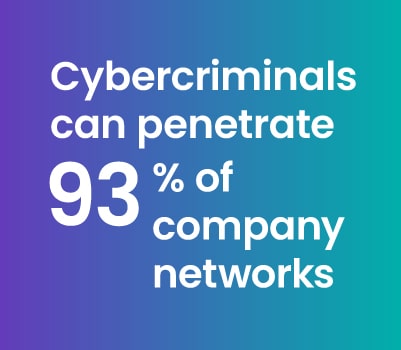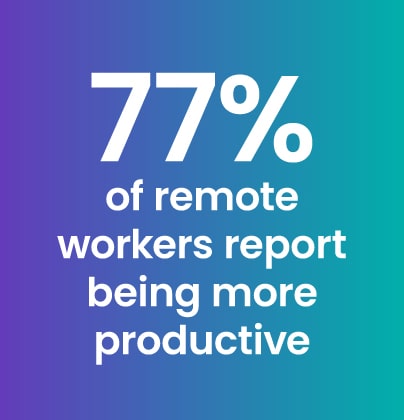A primeira etapa para tornar sua rede e arquitetura de segurança à prova de recessão As taxas de juros estão subindo.
As taxas de juros estão subindo.
A inflação dos EUA está agora em 8,5%, seu ponto mais alto em mais de 40 anos.
O S&P 500 está oscilando à beira de um mercado em baixa.
O financiamento de risco do Q122 caiu 19%.
E tudo isso em tempo para a temporada de orçamento e sua primeira solicitação de financiamento de TI para 2023.
Então… qual é o seu plano? Os cintos serão apertados O impacto dos eventos mundiais sobre a economia nos últimos anos não tem precedentes.
Os pedidos de recessão são agora uma ocorrência diária nos principais meios de comunicação. “Dois choques nos últimos meses, a guerra na Ucrânia e o aumento do ímpeto da inflação elevada nos EUA e na Europa, fizeram com que revisássemos para baixo nossa previsão de crescimento global de forma significativa”, escreveu na terça-feira uma equipe do Deutsche Bank liderada pelo economista David Folkerts-Landau.
“Agora estamos projetando uma recessão nos EUA …. dentro dos próximos dois anos. “1 A frase “Precisamos apertar o cinto” certamente será pronunciada em mais de uma sala de reuniões neste verão.
Para os CIOs encarregados de encontrar crescimento e, ao mesmo tempo, proteger a empresa, a pergunta é: como?
Não é que os desafios estejam ficando mais fáceis. Os bandidos não estão indo embora Como qualquer CISO dirá ao senhor, as ameaças não estão indo embora.
Os bandidos ainda estão por aí e, infelizmente, estão piorando.  Um estudo de teste de penetração da Positive Technologies descobriu que os criminosos cibernéticos podem penetrar em um número alarmante de redes empresariais.
Um estudo de teste de penetração da Positive Technologies descobriu que os criminosos cibernéticos podem penetrar em um número alarmante de redes empresariais.
“Em 93% dos casos, um invasor externo pode violar o perímetro da rede de uma organização e obter acesso aos recursos da rede local.” Noventa e três por cento!2 Eles não estão (todos) voltando para o escritório Enquanto as ameaças aumentam, a empresa continua a se tornar ainda mais distribuída.
Enquanto as ameaças aumentam, a empresa continua a se tornar ainda mais distribuída.
77% dos trabalhadores remotos dizem que são mais produtivos em casa.
85% dos gerentes acreditam que ter equipes remotas se tornará a nova norma.3 É quase certo que o trabalho remoto persistirá no futuro.
Mas nem todos serão remotos.
E mesmo aqueles que forem remotos, não serão remotos o tempo todo.
Como responder à pergunta “Quantos sites o senhor tem?” quando cada funcionário é um escritório de um?
E as instâncias do AWS e do Azure contam como sites?
Quero dizer, 60% de sua carga de trabalho está lá. A convergência é a resposta O que antes era limpo agora é amorfo.
Frases da moda como “Transformação digital” e “Modernização da rede” são apenas maneiras sofisticadas de dizer que a infraestrutura e a organização de TI precisam evoluir… e rápido.
Essa evolução é possibilitada pela convergência.
Chamada de SASE ou NESaaS ou qualquer outro acrônimo que os analistas inventem, a rede e a segurança estão se unindo na nuvem (quer os silos de rede e segurança gostem ou não).
A convergência É a resposta para a pergunta: “Qual é o seu plano? A convergência proporciona flexibilidade ao CIO, tanto para a inovação quanto para o balanço patrimonial.
Ela liberta a equipe de TI dos contratos antigos que a prendem a despesas de capital intensivo.
O mundo não funciona mais em ciclos de 3 a 5 anos.
Sua infraestrutura de rede e segurança também não pode.
Grandes custos de data center?
Já era.
Contratos MPLS inflexíveis?
Adeus.
Atualização de hardware de rede e segurança?
Não mais.
A convergência da rede e da segurança para a nuvem, fornecida como serviço, se tornará a história para os CIOs que precisam realizar o impossível: fazer mais com menos.
Uma implementação mais inteligente e eficaz de recursos de capital que esteja preparada para qualquer loucura que o mundo lhe apresente em seguida. Época de orçamento?
Nós podemos ajudar Adoramos falar sobre convergência e ajudar as equipes de TI a repensar suas redes.
Se o senhor estiver entrando na temporada de orçamentos e tentando descobrir como contar uma história de crescimento e, ao mesmo tempo, reduzir o orçamento, entre em contato conosco.
No próximo artigo, discutiremos quatro recomendações práticas em que as equipes de aquisição e TI podem procurar reduzir os custos e, ao mesmo tempo, modernizar a rede. 1. https://bit.ly/3FJ6cG42. https://bit.ly/38pzCwE3. https://bit.ly/3l94og5 No próximo artigo, discutiremos quatro recomendações práticas para que as equipes de aquisição e de TI possam procurar reduzir os custos e, ao mesmo tempo, modernizar a rede.
Enquanto isso, confira o guia da Aryaka para gerentes de TI sobre como prosperar durante uma recessão econômica.